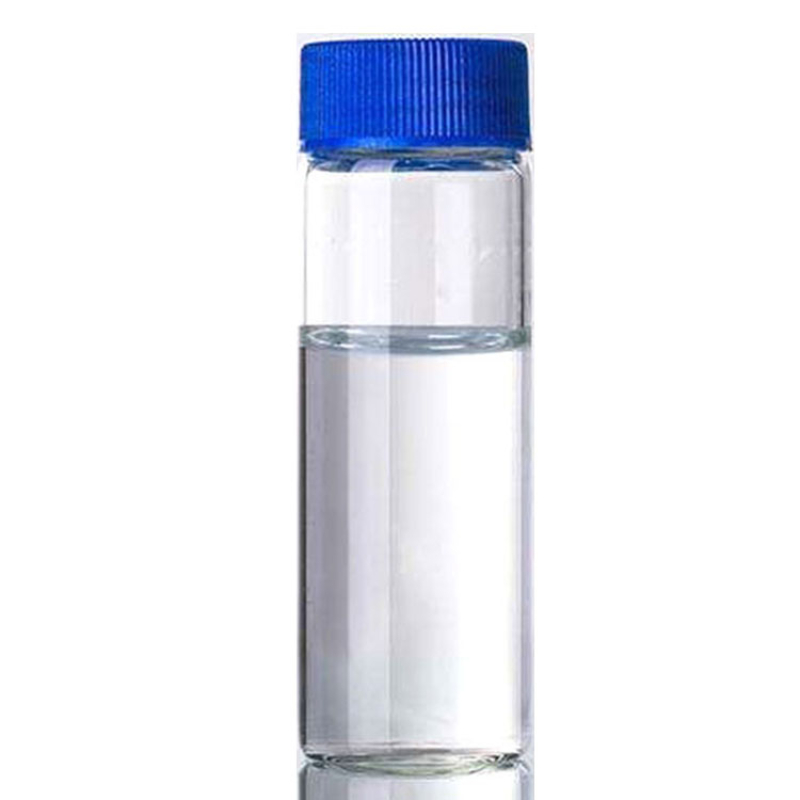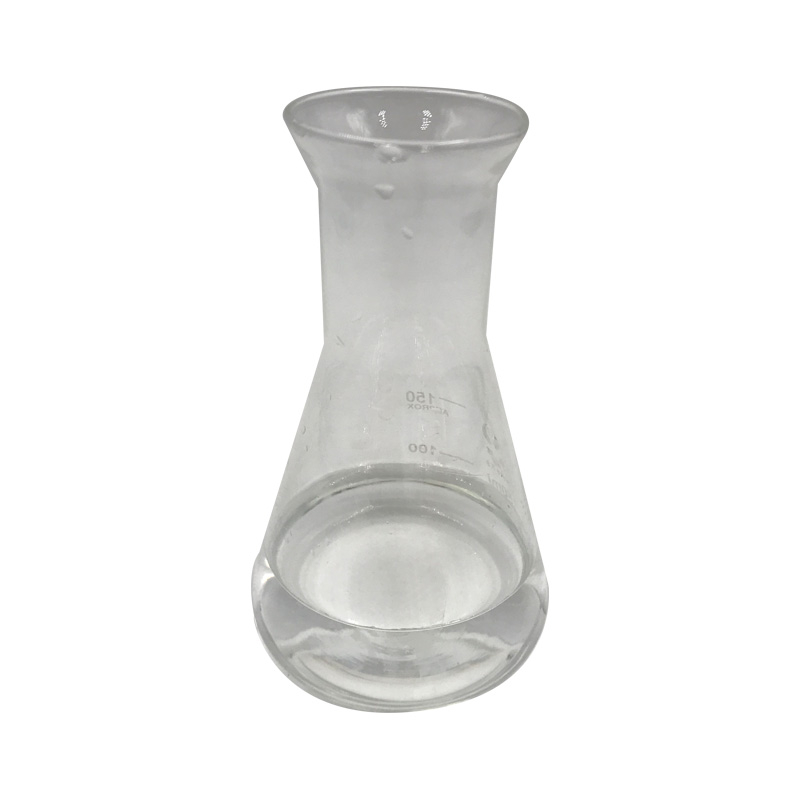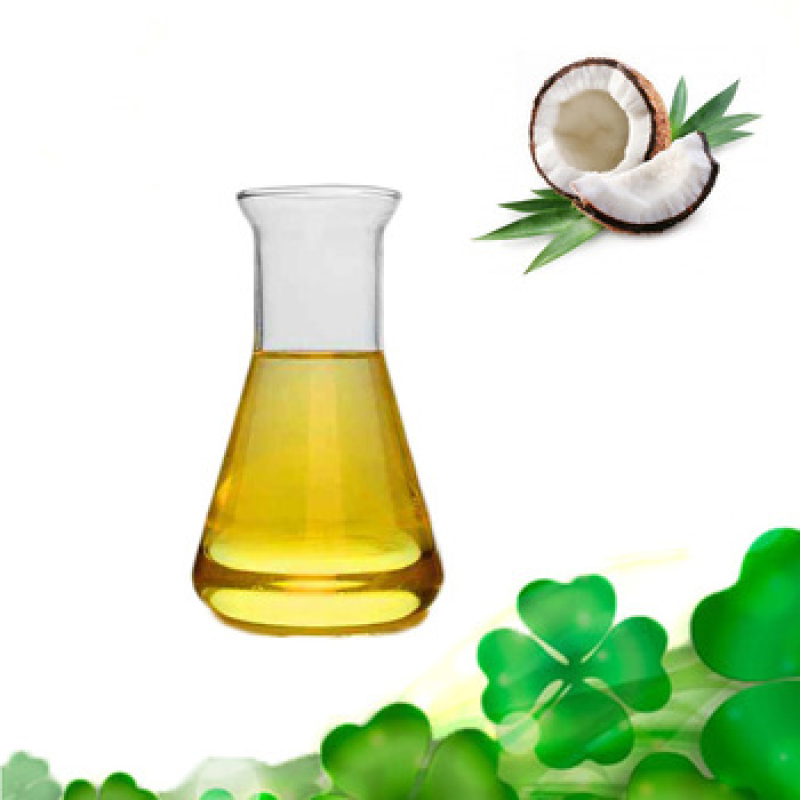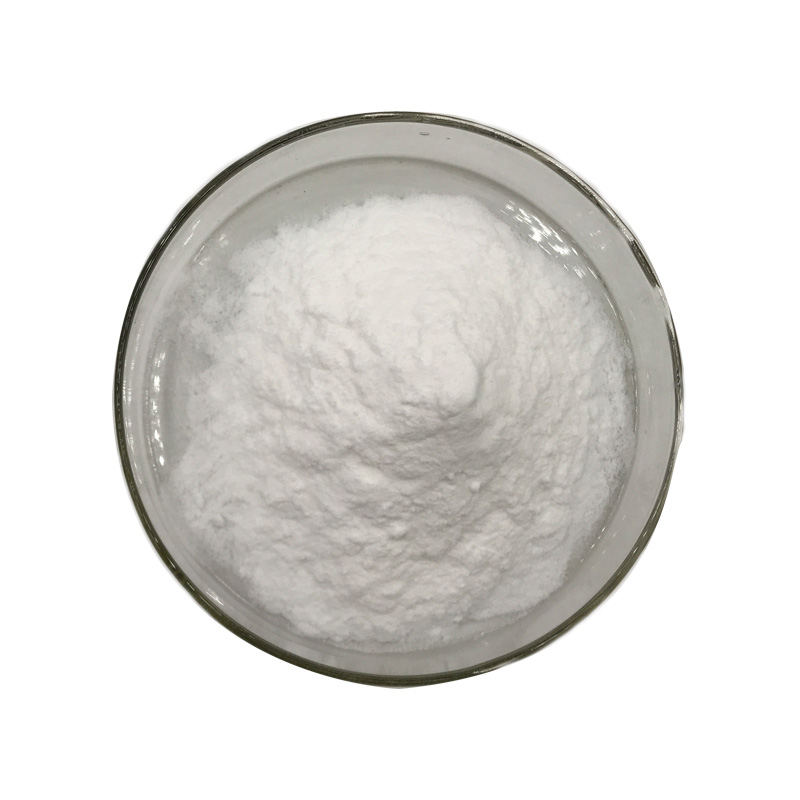Products Description of Polyisobutylene CAS#9003-27-4Ammonium Chloride (CAS#12125-02-9) is a white crystalline salt that is highly soluble in water, with a solubility of 37.2 g/100 g at 20°C. It is a crucial component in agricultural fertilizers, providing essential nitrogen for plant growth. This compound is also used as a feed additive and in various industrial applications due to its versatility. In agriculture, Ammonium Chloride is valued for its ability to enhance soil fertility and promote robust plant development.
Contact Now
Products Description of Hydroxypropyl-beta-cyclodextrin CAS#94035-02-6This product is a white or off-white amorphous or crystalline powder; odorless, slightly sweet taste; strong hygroscopicity.
Contact Now
Products Description of DecamethylcyclopentasiloxaneCAS#541-02-6Decamethylcyclopentasiloxane (cyclopentasiloxane) is a colorless, odorless, volatile liquid cyclic siloxane. It is safe and environmentally friendly and has been widely used in health and beauty products such as deodorants, antiperspirants, cosmetics, shampoos, body lotions, etc.
Contact Now
Products Description of Didecyl dimethyl ammonium chloride CAS#7173-51-5Didecyl dimethyl ammonium chloride belongs to the double-chain quaternary ammonium salt compounds, which are used in many products due to their bactericidal, virucidal and fungicidal properties. In terms of disinfection function classification, didecyl dimethyl ammonium chloride belongs to the medium-level disinfectant and is a broad-spectrum virus disinfectant.
Contact Now
Products Description of Didecyl dimethyl ammonium chloride CAS#7173-51-5Didecyl dimethyl ammonium chloride belongs to the double-chain quaternary ammonium salt compounds, which are used in many products due to their bactericidal, virucidal and fungicidal properties. In terms of disinfection function classification, didecyl dimethyl ammonium chloride belongs to the medium-level disinfectant and is a broad-spectrum virus disinfectant.
Contact Now
Products Description of N-Hexadecyltrimethylammonium chloride CAS#112-02-7Cetrimonium chloride, also known as hexadecyltrimethylammonium chloride, is a white crystalline powder. It is easily soluble in isopropyl alcohol and water. It produces a lot of foam when shaken. It has good compatibility with cationic, nonionic and amphoteric surfactants.
Contact Now
Products Description of N-Hexadecyltrimethylammonium chloride CAS#112-02-7Cetrimonium chloride, also known as hexadecyltrimethylammonium chloride, is a white crystalline powder. It is easily soluble in isopropyl alcohol and water. It produces a lot of foam when shaken. It has good compatibility with cationic, nonionic and amphoteric surfactants.
Contact Now
Products Description of Methyl Tributyl Ammonium Chloride CAS#56375-79-2Methyltributylammonium chloride, also known as tributylmethylammonium chloride, has a molecular formula of C13H30ClN, a molecular weight of 235.84, and a CAS registration number of 56375-79-2.
Contact Now
Products Description of Ammonium Alginate CAS#9005-34-9Ammonium alginate is a chemical substance with the molecular formula C6H7O6NH4. Alginic acid, also known as alginate or alginates, is an anionic polysaccharide widely distributed in the cell walls of brown algae, which forms a viscous jelly by combining with water. It is also a significant component of biofilms produced by the bacterium Pseudomonas aeruginosa, the main pathogen in cystic fibrosis, conferring its high resistance to antibiotics and killing by macrophages. Its color ranges from white to yellow-brown.
Contact Now
Products Description of Benzyldimethylhexadecylammonium Chloride CAS#122-18-9Cetaxonium chloride, also known as hexadecyl dimethyl benzyl ammonium chloride, is a cationic quaternary ammonium surfactant and one of the components of benzalkonium chloride (benzalkonium chloride is a mixture of benzyl alkyl dimethyl ammonium, in which the alkyl groups are mainly n-C12H25 (dodecane), n-C14H29 (tetradecane) and n-C16H33 (hexadecane)). Cetaxonium chloride has the characteristics of high lipophilicity and low water solubility.
Contact Now
Products Description of Tetrabutyl ammonium chloride CAS#1112-67-0Tetrabutylammonium chloride is a chemical substance with the chemical formula C16H36ClNTetrabutyl ammonium chloride Chemical PropertiesMelting point 83-86°Cdensity 0.98refractive index 1,421-1,423Fp >110°Cstorage temp. Store below +30°C.solubility H2O: 20 mg/mL, clear, colorlessform Crystalline Solidcolor White to brownishPH5-8 (100g/l, H2O, 20℃)PH Range5 - 8 at 100 g/l at 20°CWater Solubility SOLUBLESensitive Light Sensitiveλmaxλ: 220 nm Amax: 0.05λ: 230 nm Amax: 0.
Contact Now
Products Description of Benzyldimethylhexadecylammonium Chloride CAS#122-18-9Cetaxel chloride, also known as hexadecyl dimethyl benzyl ammonium chloride, is a cationic quaternary ammonium surfactant and one of the components of benzalkonium chloride (benzalkonium chloride is a mixture of benzyl alkyl dimethyl ammonium, in which the alkyl groups are mainly n-C12H25 (dodecane), n-C14H29 (tetradecane) and n-C16H33 (hexadecane)).Benzyldimethylhexadecylammonium chloride Chemical PropertiesMelting point 55-65 °C(lit.)Boiling point 550.14°C (rough estimate)density 0.9089 (rou
Contact Now
Products Description of Salicylaldehyde CAS#90-02-8Salicylaldehyde is a light yellow oily clear liquid with a melting point of -7°C and a boiling point of 197°C. It has a burning and almond smell.
Contact Now
Products Description of Vitamin E CAS#59-02-9Natural vitamin E is a brown-red or transparent light yellow oily liquid with a mild, special smell and taste. Easily soluble in ethanol, acetone, ether, chloroform or vegetable oil, almost insoluble in water. It has a high boiling point (250°C) and is stable to heat. It oxidizes when exposed to air and light and turns dark red. It has no calories and does not participate in human metabolism. Natural vitamin E has the functions of whitening spots, preventing skin aging, regulating endocrine, and preventing high blood pressure and blood clots.
Contact Now
SCANDIUM CHLORIDE CAS#10361-84-9Overview:Scandium Chloride, with the chemical formula ScCl3 and CAS number 10361-84-9, is a significant industrial chemical known for its unique properties and wide range of applications.
Contact Now
Products Description of Benzyltriethylammonium chloride CAS#56-37-1Benzyltriethylammonium chloride is a quaternary ammonium salt, also known as quaternary ammonium salt, which has similar properties to inorganic salts, is easily soluble in water, and its aqueous solution can conduct electricity.
Contact Now
Products Description of Ferric ammonium oxalate trihydrate CAS#13268-42-3Calcium and magnesium precipitants, electroplating industryFerric ammonium oxalate trihydrate Chemical PropertiesMelting point 161°C (rough estimate)density 1,78 g/cm3solubility very soluble in H2O; insoluble in ethanolform Crystalline Powdercolor GreenWater Solubility Very soluble in water. Insoluble in alcoholSensitive Light Sensitive & HygroscopicMerck 14,517Exposure limitsACGIH: TWA 1 mg/m3NIOSH: TWA 1 mg/m3Stability:May decompose upon exposure to light.
Contact Now
Products Description of Ammonium thiosulfateCAS#7783-18-8Ammonium thiosulfate, chemical formula (NH4)2S2O3. Molecular weight 148.20. Colorless monoclinic crystals. Melting point 150℃ (decomposition), relative density 1.679. Easily soluble in water, insoluble in ethanol, slightly soluble in acetone. Its aqueous solution will precipitate sulfur when left for a long time. Above 50℃, its concentrated aqueous solution gradually decomposes into sulfur and sulfate. In the presence of ammonia and hydrocyanic acid, ammonium thiocyanate and ammonium sulfite are formed.
Contact Now
Products Description of Benzalkonium chloride CAS#8001-54-5Benzalkonium chloride (BAC for short) is a quaternary ammonium salt compound. As a broad-spectrum fungicide of cationic surfactants, it can effectively control the growth of algae and slime in water, and has good slime stripping effect and certain dispersion and penetration effects. It also has certain degreasing, deodorizing and corrosion inhibition effects.
Contact Now
Products Description of 3-Chloro-2-hydroxypropyltrimethyl ammonium chloride CAS#3327-22-8This product can be converted into chloride (γ-trimethylammonium-β-hydroxybutyric acid) by cyanidation and hydrolysis.
Contact Now
Products Description of C.I. Acid Black 194 CAS#61931-02-0Acid Black 194, dark brown powder, can be used for dyeing wool, silk, nylon, wool blended fabrics and direct printing of wool and silk fabrics, with rich color and good level dyeing. When used for dyeing wool and other fibers in the same bath, silk will be dyed, nylon will be seriously stained, and acetate fiber and cellulose fiber will be slightly stained.C.I.
Contact Now
Products Description of Glycerol triglycidyl ether CAS#13236-02-7Glycidyl ethers include allyloxyepoxypropane, diglycidyl ether, isopropyl glycidyl ether, butoxye-popropane, diglyeidyl ether (EP-562) and epoxphenoxypropane, etc. They are a group of substances with similar chemical properties and toxic effects. They are colorless liquids with some pungent odors. They have low acute toxicity when in contact with the mouth and skin, and moderate toxicity when in contact with the respiratory tract. They mainly act on the nervous system.
Contact Now
Products Description of Benzethonium chloride CAS#121-54-0Benzethonium chloride is a new type of quaternary ammonium salt antibacterial agent, which is widely used in daily chemicals and cosmetics industries. In addition, it also has important applications in the medical and health fields as a bactericidal antibacterial agent. For example, it has been widely used as an antibacterial component of eye drops or as an antibacterial component of injection in Western countries.
Contact Now
Products Description of Tetradecyldimethylbenzylammonium chloride CAS#139-08-2Benzyldimethyltetramethylammonium chloride is a quaternary ammonium salt used for eye care or treatment of eye diseases. It is an ion association reagent for extraction photometric analysis and a sensitizer for metal photometric determination. It can be dissolved in water and ethanol in any proportion, and can be used with cationic, nonionic surfactants or dyes at the same time. It should not be used with anionic surfactants or additives.
Contact Now



































